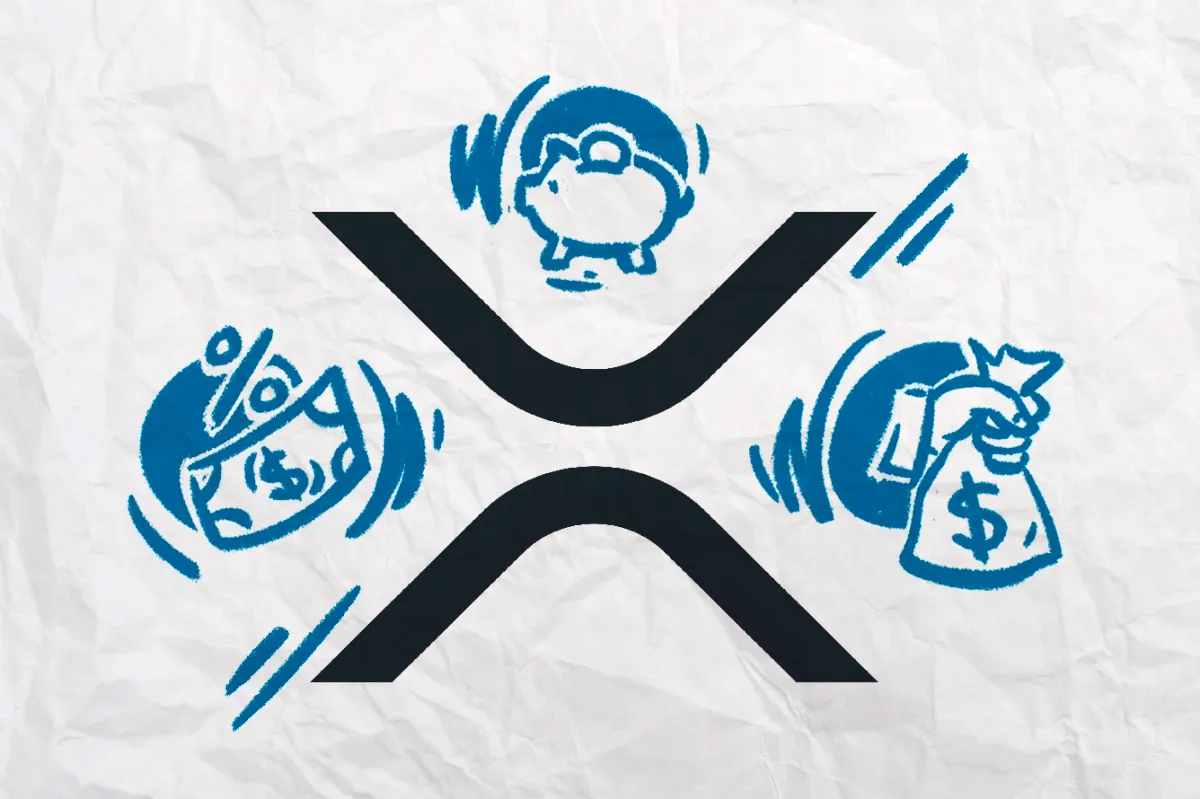
Amid its ongoing issues with the SEC, Ripple is delving deeper into DeFi by launching a new lending protocol. Unlike traditional Ethereum-based lending platforms such as Aave and Compound, Ripple’s approach will be semi-centralized, resembling a traditional bank or credit entity that issues loans to its lenders.
The new lending protocol will involve three primary roles: Liquidity Providers, Pool Delegates, and Borrowers.
Liquidity Providers can deposit fungible tokens such as XRP, wBTC, and wETH into a Lending Pool to earn interest.
The central figures in this system, the Pool Delegates, are responsible for attracting capital and managing loans. They negotiate loan terms with borrowers, conduct due diligence, and manage the loans.
Borrowers must engage with Pool Delegates off-chain to agree on loan terms and access funds from the pool. Pool Delegates evaluate a borrower’s reputation, expertise, and performance before finalizing the interest rates and funding the loans from their managed Lending Pool.
In cases of borrower default, Ripple suggests that Pool Delegates should provide some level of coverage. However, it remains unclear how this would be managed if a Pool Delegate cannot fully cover the loans. Should any loans be uncollateralized, the liquidity providers face the risk of Pool Delegates accumulating bad debt and potentially defaulting.
However, while some were excited about the new launch, others expressed concerns.
The complexity of the current proposal has led to criticism it might violate securities regulations. There are also concerns about the legal implications for Ripple, as it is essentially offering an unregulated lending product.
David Schwartz, Ripple’s CTO, noted that many companies might be reluctant to use this lending feature due to its unregulated nature, except possibly within specific jurisdictions and limited to individuals who pass KYC checks.
To make this product operational, Ripple will need to engage with various jurisdictions and may need to apply for banking licenses to comply with regulatory standards. Additionally, the product is likely to be restricted to KYC-verified participants.
While these challenges do not spell the end for the initiative, Ripple’s success will depend on its ability to attract sufficient institutional clients and navigate regulatory challenges. What is evident is that at this point, the protocol diverges significantly from a “typical DeFi protocol”, which is accessible to anyone in the crypto community.
This is not Ripple’s only venture into the DeFi space this month. Earlier, Ripple announced a dollar-pegged centralized stablecoin, planning to launch it on both the XRP Ledger and the Ethereum blockchain. The stablecoin will be backed by U.S. dollar deposits, short-term U.S. government Treasuries, and other cash equivalents.
Amid all the legal issues, Ripple’s XRP has been one of the poorest performers in recent years, including in the last bull cycle. The main criticism remains that the XRP token has very little utility within Ripple’s ecosystem and was primarily used to fund the company’s development.
With these new initiatives, including the lending protocol and stablecoin, Ripple aims to redefine its blockchain and token market roles. Whether these efforts will be effective remains to be seen. We continue to Observe.

